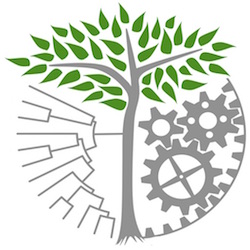Last week, we completed our 5-day, summer course for middle school kids at Plymouth Bluff! With our funding from the NASA Inspires Futures for Tomorrow’s Youth (NIFTY), program, we were able to make this space science course free for participants! We had a total of 25 students from the Columbus area, between 8 and 14 years old.
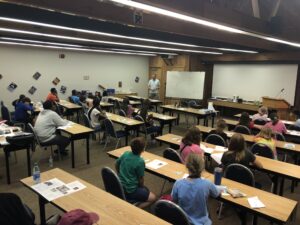
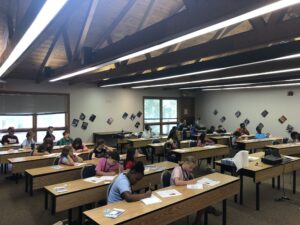
This course was a collaboration among Dr. Oppenheimer, Dr. Crossley, and Mr. Dodson and myself. Each day we focused on a handful of different space-related science topics. Dr. Dodson focused on soil sciences. Students learned about different rock types and soil layering, they planted seeds to see how gravity affects germination, threw meteors into bins of mock soil to study the shape of impact craters, and used clay to make fossil impressions.
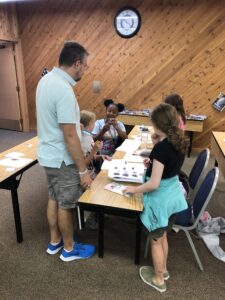
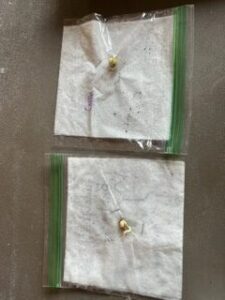
Dr. Crossley focused on astro-microbiology. She had students collect soil samples and swab different outdoor surfaces (tree trunks, leaves, wood piles, railings, etc.) and grow any microorganisms they picked up on an agar plate. They then checked out their results under microscopes.
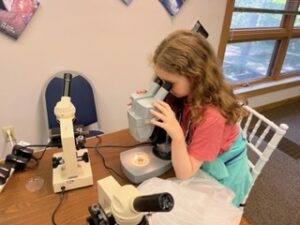
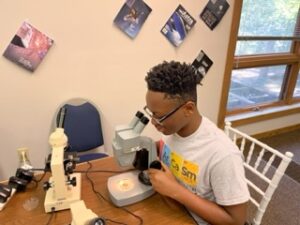
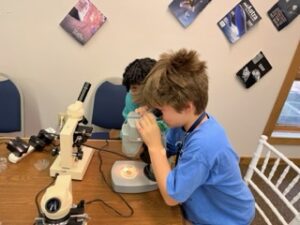
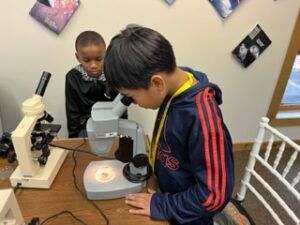
I focused on engineering. I had students first build paper rockets, using a straw to launch them! After building a simple rocket, students had the chance to design and test their own creations.
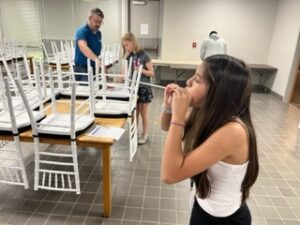
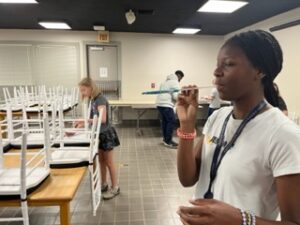
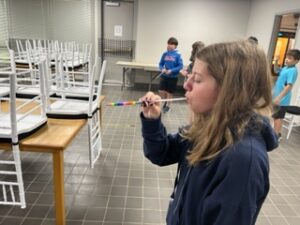
After thinking about rockets taking off from a planet, we focused on landing. Students built enclosures to protect a raw egg from a drop, using household crafting materials. After testing a simple version, students were again given the chance to create their own!
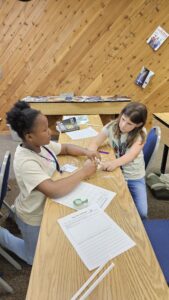
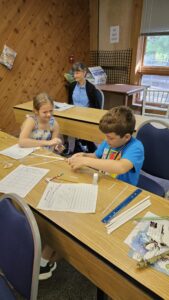
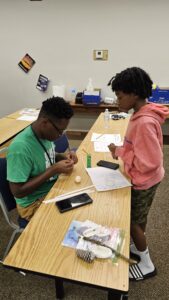
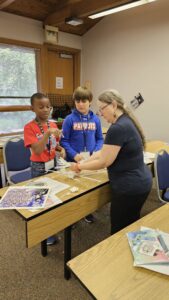
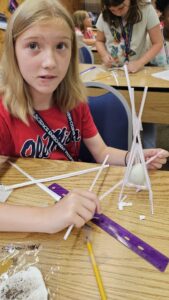
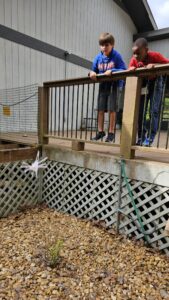
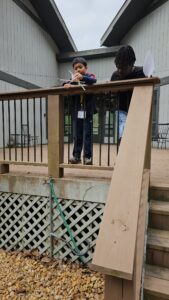
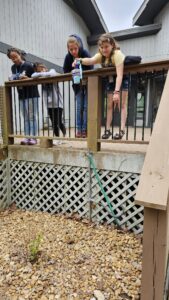
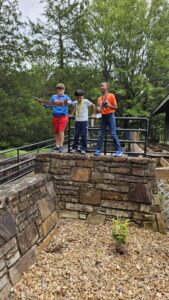
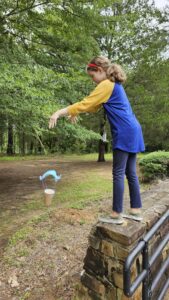
Dr. Oppenheimer had the students do a handful of mathematics activities. If we ever do meet aliens, how would we talk to them? We could use the universal language of numbers! But what if the aliens don’t count in 10’s like we do?
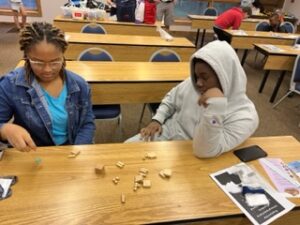
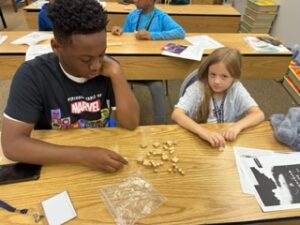
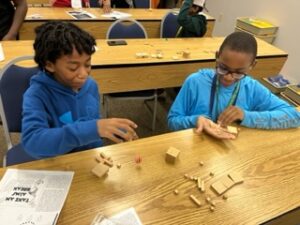
Lastly we chatted with real life NASA computer scientist Dominique Jefferson over zoom. She is the Space Systems Department’s lead for the Human Lander System (HLS) project.
Overall, it is was an awesome week of activities, and we’re very glad everyone could join us in the course!
